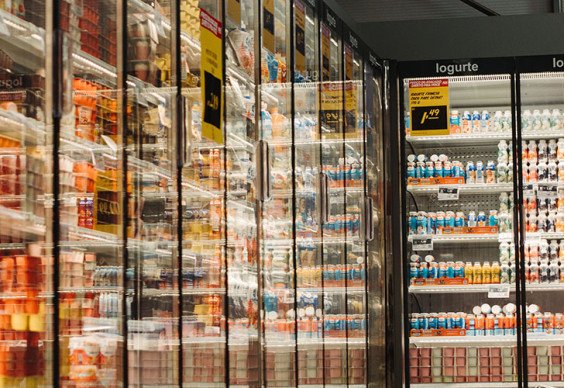Ensure Restaurant Business Stability Through Effective Cash Flow Management

Over our decade-long experience in the realm of accounts and finance, we've observed that cash crunches often stem from mismanagement rather than a lack of funds. In the restaurant industry, where cash flow fluctuates, meticulous monitoring and regular reviews are imperative to avoid chaos. Several critical aspects of restaurant operations, if not managed efficiently, can have an immediate impact on cash flow. By focusing on these key factors and planning effectively, businesses can circumvent cash crunch situations

Food costs constitute a significant portion of direct expenses in the restaurant business. Managing food wastage is essential due to the perishable nature of food items. To mitigate this challenge, consider the following steps:
- Procure food items based on immediate requirements to reduce wastage.
- Track daily food wastage and adjust orders accordingly to prevent overstocking.
- Utilise a First-In-First-Out (FIFO) approach to ensure older stock is used first.
- Establish efficient storage protocols to maintain freshness.
- Maintain cleanliness to uphold hygiene standards and prevent spoilage.
- Inspect received food orders to identify and discard spoiled batches.
- Align menu items with grocery lists to optimise orders.
- Monitor pantry temperature to prevent spoilage.
- Offer discounts on perishable items to mitigate wastage.
- Foster a culture of accountability among team members to minimise wastage collectively.

Managing payroll expenses is crucial in the restaurant industry, where sales fluctuate weekly. Here are some strategies to control labour costs:
- Pay direct labour on an hourly basis for flexibility.
- Utilise interns for cost-effective staffing solutions.
- Engage third-party labour contractors for temporary staffing needs.
- Regularly review sales versus payroll costs and adjust staffing levels accordingly.

Efficient management of inventory, especially for perishable items, is essential to avoid tying up cash in slow-moving stock. Consider the following steps:
- Conduct regular audits to identify items in high demand and those lingering in storage.
- Implement strategies to prevent theft and ensure efficient resource utilisation.

Monitor and maximise vendor credit to optimise cash flow. Categorise vendors based on credit terms and schedule payments accordingly.
Differentiate between operating cash and capital expenditure to ensure funds are allocated appropriately. Plan and budget for capital expenditure separately to avoid cash flow constraints.

Prioritise and plan statutory payments in advance to avoid interest and penalties. Consider setting up automated payments for recurring dues.
Develop a budget categorising expenses into fixed and variable costs, and adhere to it rigorously. Conduct regular reviews and variance analysis to identify areas for improvement and maintain financial stability.
For expert advice on overcoming cash flow challenges, feel free to reach out to us. We’re here to assist you in navigating your financial concerns and achieving stability in your business operations.
